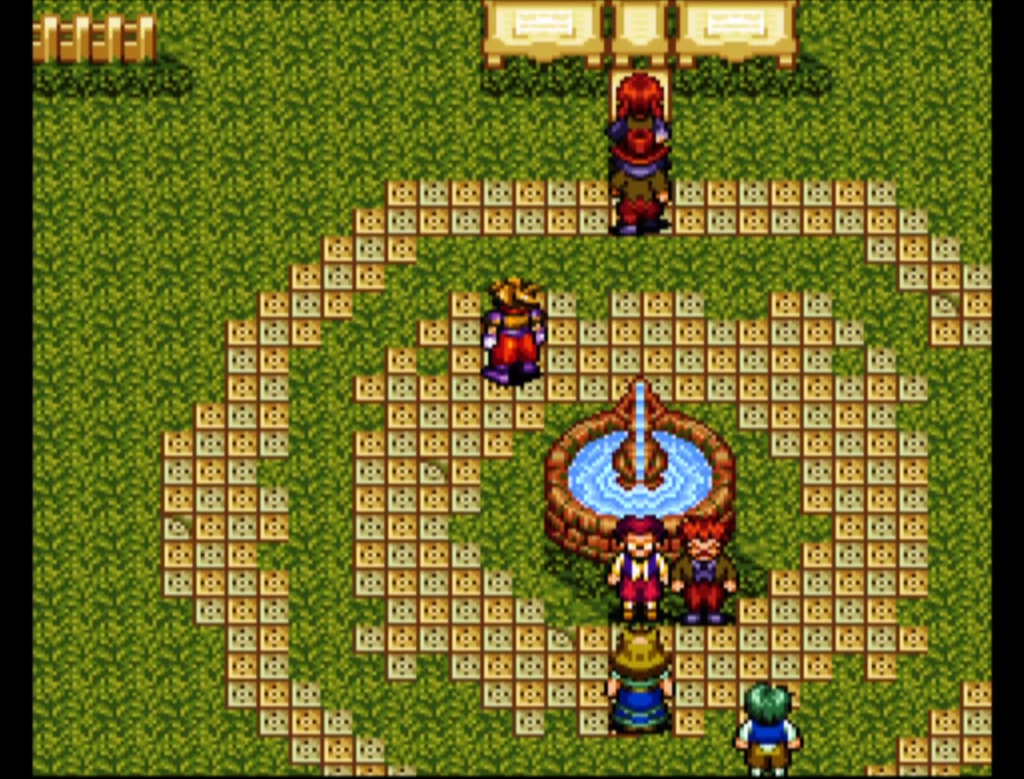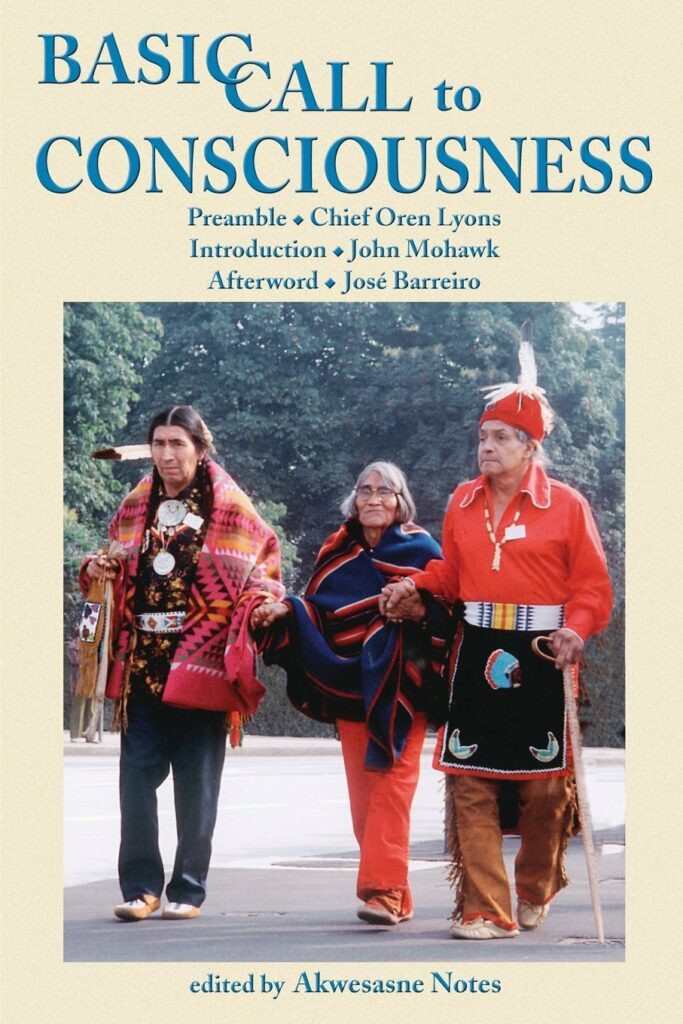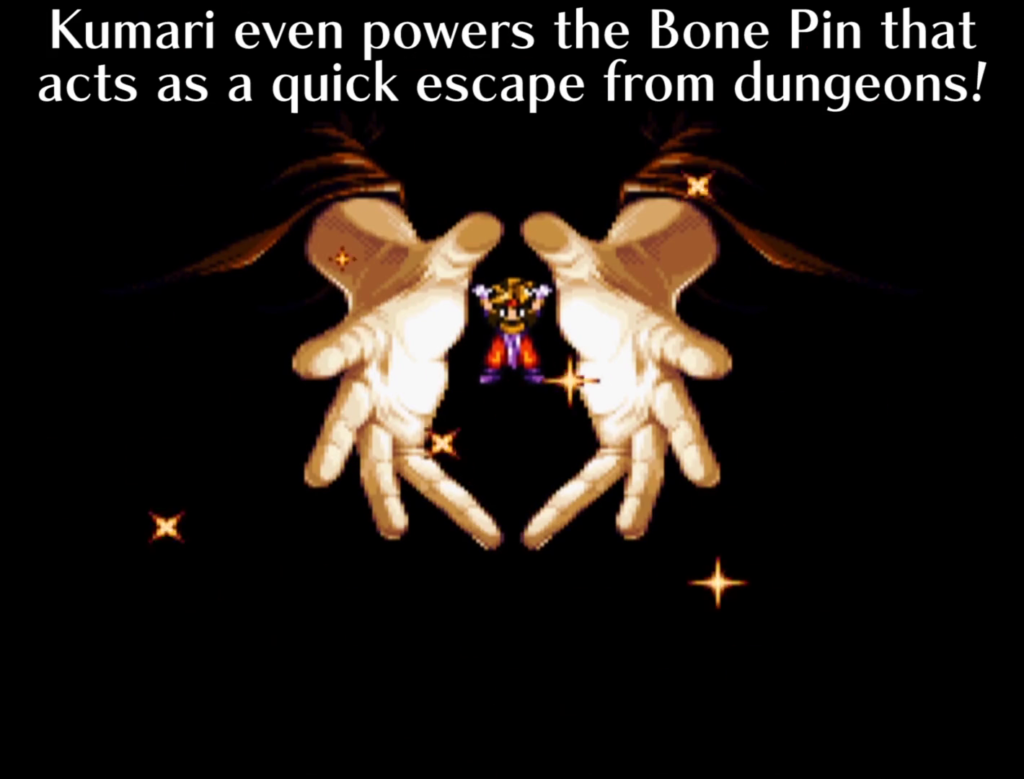Published 1 March 2022
On 22 September 2020, my video “Terra Enigma: Ecology and Modernity in Terranigma, the SNES’s Overlooked Action RPG” went live on YouTube. If you would like, please watch it here.
In the two years since, I have had many second thoughts about “Terra Enigma,” though not enough to take down the video (so far). For the benefit of those interested in “Terra Enigma” and those who might want to create video essays themselves and avoid mistakes similar to mine, I will describe my issues with the video.

“Terra Enigma” was my second “big video.” The first, “Dreams We’re Telling Ourselves,” is a rambling but comprehensive analysis of Nier: Gestalt. It was around the time I was working on “Terra Enigma” that I decided to pivot my channel from primarily a dumping ground for let’s plays to a place for posting video essays. For that reason, “Terra Enigma” is significant to me as an effort at refining the style of a “serious” video essay after “Dreams We’re Telling Ourselves,” whose sloppiness I acknowledged with the self-deprecating subtitle “A Protracted Look at Nier.” This itself was a mistake, as the speaker should seem confident.
I now disagree with a lot I say in “Dreams We’re Telling Ourselves” and consider it lazy, most especially due to a lack of research on my assertions. In contrast, I still agree with my analysis in “Terra Enigma” and am proud of my (comparatively) robust research, though a decent portion of that research was coincidentally for a final university paper. Even so, I vacillate on whether “Terra Enigma” is the superior video essay.
“Terra Enigma” front-ends disclaimers and unnecessary content, ruining the pacing. The “title card” does not appear until almost eight minutes in. Late titles are for dramatic stories, as in a film, not for video essays. There are two reasons for this overlong opening. Neither are justifications but explanations.
The first is a fault many YouTubers slip into, what Alicia Andersson and Kiki deem “reviewer brain.” I cram in a miniature review of Terranigma. When writing the script, I knew this was an unnecessary digression and acknowledged as much with the words, “Because Terranigma seems so obscure, I feel like I need to sing praises of how beautiful parts of it can be, despite the questionable translation and baffling writing mistakes.”
At the time, I told myself that there was a possibility the video could rake in a lot of views. When I began, I assumed few people would see any of my videos. But after my original Man After Man video, which was bad enough to warrant being taken down, launched into the tens of thousands of views, I realized I had some responsibility to be less careless.
For many or most viewers, I assumed “Terra Enigma” would be their first-ever exposure to Terranigma. So I felt I should explain my thoughts on the video game overall to emphasize that it is remarkable. If the video were instead about, say, Super Mario 64, which everyone has heard of, I would not have bothered mentioning what I deemed good and bad, nor would I have given a brief history of the developer. I should have cut this material. If I wanted to review Terranigma, that could have been a separate video.
The second reason is the mention of Terranigma’s iffy portrayal of the Chinese and uncritical acceptance of colonial narratives and the literal Nazi Hedyn. I wanted to address these issues up top, as I knew only Columbus would be relevant to my overall point and, again, I knew this may be many viewers’ first or only exposure to Terranigma. I wanted nobody to leave my video with a false impression of what Terranigma is. To address media warts and all is important, yet my method seems preachy, potentially draining viewers’ trust in the speaker (i.e. me). What should I have done instead? To remove these acknowledgments entirely also seems wrong. Perhaps I could have slotted these observations into my overall points about Terranigma’s many tensions (economic growth is fantastic but also unsustainable and apocalyptic, there is a balance of light and dark that underpins nature but also darkness must be destroyed and balance results in a cycle of destruction, etc.).
But I imagined, say, a certain ethnically Chinese person with whom I am acquainted (I am not saying they would do this, for I do not know what they would do) seeing the first segments of the video, deciding they had to play this cool video game Terranigma, then doing so and coming to China many hours in and rolling their eyes at this silly “Asian speakee Engrish” crap that has been part of racist caricature for decades. Would they think I, a non-Asian person, just ignored this or didn’t care? In case “Terra Enigma” took off, I wanted nobody to have this experience. What would probably have been best was to ask, you know, an actual ethnically Chinese person for their thoughts on the matter. I often think I would do that sort of thing were Mackerel Phones a bigger, more professional operation. But then, if I had second opinions, editors, etc., I would avoid many severe errors that plague my videos.

“Terra Enigma” is over-reliant on Basic Call to Consciousness and does not regard this source with enough skepticism. Overall, I agree with John Mohawk’s thesis and find almost every paragraph fascinating, but some points are worth disputing. For example, Mohawk writes, “The Christian peoples, who possessed superior weaponry and a need for expansion, were able to militarily subjugate the tribal peoples of Europe” (74). This is not wrong per se, but it is slightly skewed. That analysis may adequately apply to the Baltic Crusades of the twelfth century and other medieval church oppressions. However, the imperialism of ancient Rome that Mohawk is describing was, for most of its history, pagan. If anything, the adoption of Christianity as the state religion of Rome in the fourth century corresponds not to the empire’s expansion but to the period of its withering, or at least last spark before its final dissolution. It was polytheistic Jupiter-worshippers who burned down the Druids’ sacred groves, the savage Roman state treating these animistic “people of the forest” with no shortage of rottenness. Linking Christianity to everything wrong in the world might be a temptingly streamlined narrative for some. But Mohawk’s analysis risks concealing that the issue here is not Christianity or monotheism as such but the ideology of growth and empire of which missionizing is one component and for which his religious veneration of nature is one possible remedy.

While, again, broadly accepting it, I am also somewhat skeptical of the utopia Basic Call to Consciousness’s descriptions of the precolumbian Haudenosaunee Confederacy evokes. For one thing, most non-Haudenosaunee historians seem not to believe the confederacy dates to the Pleistocene (!) as Mohawk does. It is usually dated as closer to five hundred years old. Encyclopedia Britannica gives its founding as c. 1570, though also says it no longer exists, the editor presumably not having asked any Haudenosaunee people. This age would still be impressive, of course, and more than worth honoring.
Furthermore, conquest and warfare fill the Haudenosaunee’s written history. Basic Call to Consciousness acknowledges this fact and attributes these failures to European trade and ideology radically disrupting and destabilizing the conditions that allowed the People of the Longhouse to maintain the Great Law of Peace. Mohawk writes: “It is true that over nearly two centuries of intermittent warfare – warfare caused by pressures created by the expanding interests of European imperial nations – there was a considerable amount of social change and stress. […] Many ideas of European origin were adopted by different peoples of the Haudenosaunee at different times, ideas which were in conflict with the principles of the Great Law” (16–17). He adds: “individuals in any society do violate its laws” (17). Later, when proposing methods for decolonization, he cites Paulo Freire, the famous communist educator: “Freire wrote […] that it is the nature of the oppressed to imitate the oppressor[.] […] We must learn to resist that response to oppression” (78). Mohawk claims the emphasis on the warlike tendencies of the Haudenosaunee up to the American War of Independence as the foundational essence of the confederacy are imperialist/capitalist propaganda.
However, if I took the time to address any of these nuances in “Terra Enigma,” the resultant wild digression would disrupt the video’s pacing, producing a farce. In a written text, I might include these explanations as endnotes. Perhaps on YouTube a pinned comment or linked page on my website or even a link to a “footnote video” would suffice. On the other hand, I am aware far, far fewer people would see these than would watch the video.
On the subject of farces, the other overarching issue with the script of “Terra Enigma” is the tendency to abruptly overreach in analysis. For example, around the halfway point, drawing on memories of The Demon-Haunted World by Carl Sagan that I quote multiple times throughout the video, I link the image of the “mad scientist” to a broader distrust of science, concluding “that’s how we end up with catastrophes like an anti-vaccine movement.” In many videos I upload, there will be a single line so cringeworthy it spoils the rest for me. In “Terra Enigma,” there are two such lines.
The first is the line about the anti-vaccine movement, which strikes me as irrelevant and bizarre. My analysis may be too self-serious. I tend to dislike video essayists who choose to render their work unfit for “formal” contexts by including lots of wacky jokes. However, more self-deprecating humor, more lampshading that I am deriving all of this from some children’s action RPGs from the ’90s (and there is a bit of lampshading already), might ironically make this material more easily taken as seriously as I intend. It would help the viewers trust me as a speaker, for they would recognize that I possess self-awareness. However, this is a risky approach, as too much humor of this kind makes the speaker seem unserious or lacking in confidence, an even greater flaw.
The second of these lines is a much worse blunder. It comes a few moments later: “Scientific thinking has primed many to imagine humans as just data points in need of the right technocratic elite’s supposedly scientific management to make the data report the ideology’s preferred numbers, and, at risk of hopping to an extreme too quickly, this is how we reach the distinctly modern organization of the Holocaust.” The ludicrous conclusion the sentence builds to reads almost as a punchline. Not the vaccine line, it was this Holocaust line, when I was working on Terra Engima, with which I felt uncomfortable.

In the original draft, I drew on Voltaire’s Bastards by John Ralston Saul, as its argument seemed relevant to what I argue Terranigma is about. However, I realized Saul’s case, basically that the Holocaust is the result of a perverse and distinctly modern false rationality, does not convince me. The Holocaust was even more about racism and scapegoating. I don’t think the false rationality means much except as regards the genocide’s distinguishing feature, its “scientific” organization—something planned industrially in board meetings and executed via bureaucracy instead of a bunch of guys with swords hacking up everyone whom they perceive as belonging to the cultural group they hate. This is why I claim the Holocaust was a distinctly modern phenomenon. But is it? I think I became a bit lost in my own musings.
Trimming down the Holocaust claim just a few clauses resulted in at least one complete re-rendering of the video. But I should have cut this offensive nonsense completely. I had already made the key points. There was no need to crassly toss in a Holocaust reference based on a book I hadn’t even finished reading (and never did—Saul could stand to trim at least a hundred pages). These subjects matter and should be treated with respect.

This next point is minor but is an issue with many of my videos. In a video essay, if there is a point that is part of the argument, the speaker should say it rather than present it as text on screen. There is less of this in “Terra Enigma” than in “Dreams We’re Telling Ourselves,” but it continues to creep into my videos. For example, at around 52:22, when I am explaining Kumari’s role as the representative of Light Gaia, I put up text that says “Kumari even powers the Bone Pin that acts as a quick escape from dungeons!” This supports the point, but it should be in what I am saying. It is not a side point—it is as important as the arguments I am making aloud.
A video essay has a video component and hence some on-screen text is a good use of the format, but there is no justification for a choice like this example, or no justification aside from the reality that it would have been a pain to re-record the line to add a supporting detail I had forgotten when I wrote the script. These days, when trying to make a video, I sometimes end up with dozens of re-recorded lines because of similar situations. The lesson is that video game footage warrants more careful review before one drafts the script and that scripts warrant more careful drafting.
The odder text choice, introduced in “Terra Enigma,” is putting extensive quotations from various sources on screen. If I read these whole quotations, the excess would bog down the video, not to mention become tangential. By putting them on screen and often reading only portions of them, I intended the viewer to be able to pause the video and read the text, seeing how it relates to the points I am making and seeing also the broader context of the quotation. In writing an essay, quotes must be pared down and selected with greater precision. This method of putting long quotations on screen is undisciplined and scattershot. Unfortunately, I continued to use this childish and visually ugly presentation style in my later video “The Interactive Absurd.”

The other shortcomings of “Terra Enigma” are not mistakes per se. For example, due to the method I used to record Terranigma, the pixels are slightly blurrier than I would prefer. I note most of the historical references of various character names but missed that Jean in Loire might allude to Jean-Paul Marat, the radical French journalist, though if so the Marat of Terranigma is far less frightening, having the assassination incidentally done for him instead of advocating for executions.
The very ending of the video is a merchant telling Ark, “However small a tool, it’s made to be useful to people. There isn’t a single person that is unnecessary.” This does have something to do with my point, but I should have been clearer. Part of Beruga’s form of “progress,” expressed in Soul Blazer, is that tools/machines change to control rather than serve people. Another element is a eugenics-adjacent idea of eliminating all “unnecessary” people. The Devil also talks about how he will eliminate “unnecessary” life. This speech at the end—though from as notably an anti-leftist figure as the inhumanly greedy merchant who shook Ark down for money when he was trying to save the lives of everyone in the village in the first chapter—is in some way a counter to the ideology of the apocalypse. But these last points are quibbles.

Ultimately, what marks Terranigma and Quintet’s previous work as so remarkable is that an analysis of them could even lead to these ponderous considerations about society and the relationship between humans and other creatures. Many of the themes Quintet alludes to, such as the slave trade enriching a Europe-themed area at the expense of its neighbors, few video games even in today’s indie scene would dare touch. Quintet was clumsy in its handling of many subjects—more recently, one wonders why the Return of Ark soundtrack CD has (what look like) Mayan glyphs on its cover when there are conspicuously no Indigenous people, Maya or otherwise, in Terranigma (beyond the vision at Astarica). Yet the boldness of exploring these subjects in console video games in the ’90s at all is itself noteworthy.
While I would not want people to see it, “Terra Engima” was worth creating as a learning experience for me. Maybe it is appropriate that a video about a clumsy yet beautiful video game should itself be clumsy, especially given that I did it on my own, for free, and with no budget.
Be well. 🙏